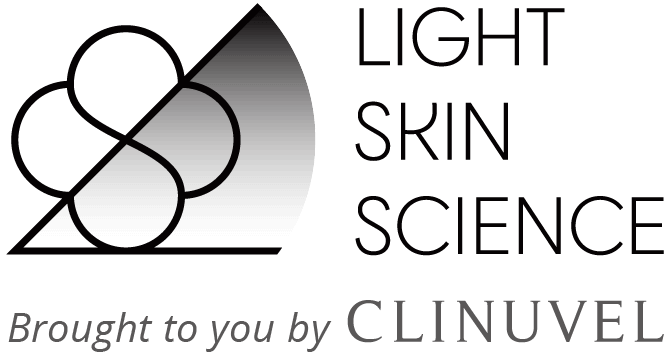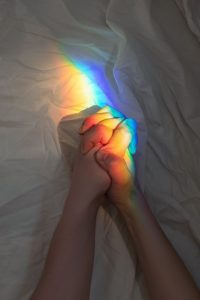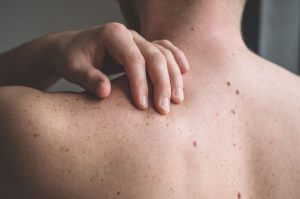Authors: Guillermo de Castro Maqueda, José Vicente Gutiérrez-Manzanedo, José Luis González-Montesinos, Carmen Vaz Pardal, Francisco Rivas Ruiz, and Magdalena de Troya Martín
What did the research set out to achieve?
Kitesurfers have been embracing the breeze since the 1970s, but this ocean pastime soared to the heights of competitive sport a little over a decade ago. The authors of this research aimed to identify kitesurfers’ habits and knowledge regarding sun safety.
Whilst defying gravity on the water, there is a more significant issue at the depth of this sport. The ocean’s waves are not the only ones to be considered; participating athletes are exposed to direct solar radiation as well as the reflected light waves from the water’s surface. It is this reflected light that exacerbates potential long-term harm to the skin. In fact, there is evidential support which correlates the increased popularity of water sports with the incidence of skin cancer worldwide.
This research showed that education surrounding habits, knowledge, and attitudes to sun safety among kitesurfing’s elite, is a necessity. Similar action should be considered at amateur level with research showing a parallel acceptance to overexposure. Due to the many hours spent training, competing, and enjoying their sport recreationally, these athletes are at higher risk of developing skin cancer and experiencing the effects of photoageing, wrinkles, spots, and changes in pigmentation.
How did they conduct the research?
Self-administered CHACES* questionnaires were given to seventy-two male athletes between 16 and 50 years of age, and their skin type was recorded using the Fitzpatrick skin type scale I-VI.
These athletes were approached in 2019 at the Spanish world championships and numerous league events throughout Spain in the same year.
Participants were asked about their sport and length of practice, hours spent in the sun and how many competitions were attended per year. Sun exposure habits, sun protection methods, and frequency of skin checks were also recorded. Additionally, participants were asked to record how many sunburns they had experienced (this was defined as the skin being red and painful for more than one day).
These responses were then analysed using descriptive, comparative analysis to provide results.
*Translated from Spanish: Validation of a questionnaire for the study on habits, attitudes and knowledge in photoprotection in the adult youth population.
What were the main takeaways from the article?
The study revealed that further education about the risks of sun exposure is a necessity among kitesurfing’s elite. Around 66.9% of responses were correct when testing sun safety knowledge, highlighting the need for more information.
Whilst topical sunscreen was the photoprotective method of choice for kite surfers, 32% indicated they did not usually reapply sunscreen at all and 40% answered that they only do so after three or more hours after initial application. This places them at an increased risk of sun damage.
When assessing other sun-safe behaviours, the study also revealed that only 6.9% of kite surfers avoid the sun during peak times and 78.8% had not had their skin checked within the last year. This indicates that further education regarding sun-safe behaviour is required to reduce the risk of sun damage.
Furthermore, 4 out of 5 kitesurfers indicated they had suffered at least one sunburn during the last sporting season. This is a higher sunburn rate than reported in many other water sports athletes, such as surfers (78%) and Olympic sailors (69%). The authors of this study recommend awareness campaigns to improve sun safety knowledge and behaviours, encouraging skin examinations and the provision of shaded areas for athletes. Due to the many hours spent training, competing, and enjoying their sport recreationally, these athletes are at risk of developing skin cancer and experiencing the effects of photoageing, wrinkles, spots and changes in pigmentation.


